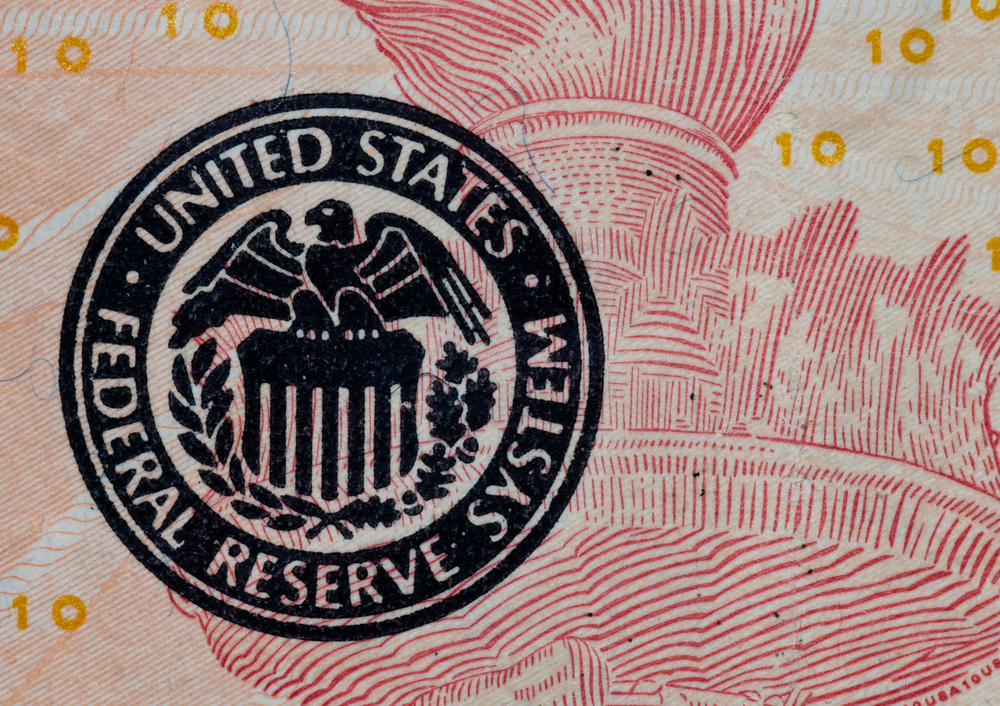Can Fed Chair Janet Yellen Be More Hawkish?

Please note that we are not authorised to provide any investment advice. The content on this page is for information purposes only.
As the stock market prepares to close later today, Yellen will deliver a speech on the new normal for monetary policy at a conference hosted by the San Francisco Federal Reserve, of which she was previously the President. The question on many lips today is whether she will be more hawkish than she was at the press conference following the FOMC meeting.
As the stock market prepares to close later today, Yellen will deliver a speech on the new normal for monetary policy at a conference hosted by the San Francisco Federal Reserve, of which she was previously the President. The question on many lips today is whether she will be more hawkish than she was at the press conference following the FOMC meeting.
This begs the question. Many people in the market understood her to be dovish, but we were, and remain, less sanguine. Yellen (and Fischer) have emphasized the data dependency of the Fed’s course, and some investors will lack persuasion until data is stronger. Obviously, next week’s employment report looms large.
In her Congressional testimony last month, Yellen strongly hinted that the Federal Reserve would lose its “patience” in its forward guidance. She cautioned that this was not a signal an imminent rate hike at the next meeting. Sure enough, the FOMC statement dropped the “patience”, thus completing the evolution of the Fed’s forward guidance from longer to shorter timeframe, and now, data dependent.
After expanding in excess of 4% in the April-September period, the US economy slowed considerably in Q4 and appears to have slowed even further in Q1 15. The recognition of this is what led to downgrading of the Fed’s assessment of the economy. The story does not stop there. Yellen was clear about this: Even with the downgrade, the US economy expects to grow above trend this year.
The leadership and the majority of the Federal Reserve seem to recognize an underlying resiliency of the US economy. The extreme imbalance between economic sectors has been reduced, The quarter-to-quarter, pace of growth may be more volatile than desired, but the average pace is a bit faster than suggested to be sustainable given labor force dynamics and productivity.
They do not seem blind to the concerns expressed by Bridgewater’s Dalio recently about the potential parallel with 1937, but they appear to have more confidence that it is on a more solid track. In any event, monetary policy will remain extremely accommodative by nearly any metric for some time. Indeed, the FOMC statement recognizes that the Fed funds rate is unlikely below what officials regard as the equilibrium level throughout this cycle.
A majority of Fed officials seem to anticipate that in the June-September period the economic data will be sufficient to allow them to raise the Fed funds target from 0-25 bp to 25-50 bp. The Fed is looking for an opportunity to begin to normalize monetary policy. Given the size of its balance sheet, and the excess reserves it created, changing monetary policy presents operational challenges, which is another reason to expect to move slowly and cautiously.
As many observers perceived the Fed more dovish than we think it is, they also perceive the Fed to be more concerned about the dollar than we think it is. No one disputes that the dollar is one of a number of factors the Fed takes into accounting when assessing the economy and financial conditions. Given its recent substantial moves against most currencies, it only stands to reason that officials would be watching it more closely.
We think many have confused watching closely with being concerned. There had been some speculation that the FOMC statement would mention the dollar’s strength, but it did not. There was a reference to the slowing exports, but this is an objective description, not a prediction. Moreover, when asked, Yellen did say that the strength of the dollar was one of the factors. No one pressed her about other factors in addition to the dollar that weighed on exports. If they did, Yellen would likely to have explained how the European and Japanese economies were weaker than expected and that the Chinese economy was slowing. She could have pointed to recent cuts in the projections of world growth by the IMF and the World Bank.
Indeed, the Federal Reserve welcomes the actions that the ECB and BOJ are taking to stimulate their economies. It does not view this as a currency war. Using orthodox and unorthodox monetary policy, as the Federal Reserve itself did, to address domestic economic and financial challenges is not only appropriate but is ultimately good for the US and US businesses, even if it leads to a somewhat stronger dollar.
Listening to the Fed’s leadership and most of the regional presidents, the sense is not that the dollar’s appreciation has reached such proportions as to raise alarm. Atlanta Fed President Lockhart, a centrist, expressed the views of many, that the strong dollar will have a slight drag on growth. St. Louis Fed President Bullard, a hawk, offered a similar assessment: that the dollar’s strength does not pose a major impediment to growth.
The US is a large but relatively closed economy. It exports less than 15% of GDP. Most exports and imports price in dollars, further insulating the economy from foreign exchange market fluctuation vagaries. Some of the dollar’s appreciation has been in anticipation of a Fed hike.
So what should we expect from the soft-spoken Yellen? More of the same; but listen closely.
Talkin’ and Yellen: Understanding the Fed is republished with permission from Marc to Market




